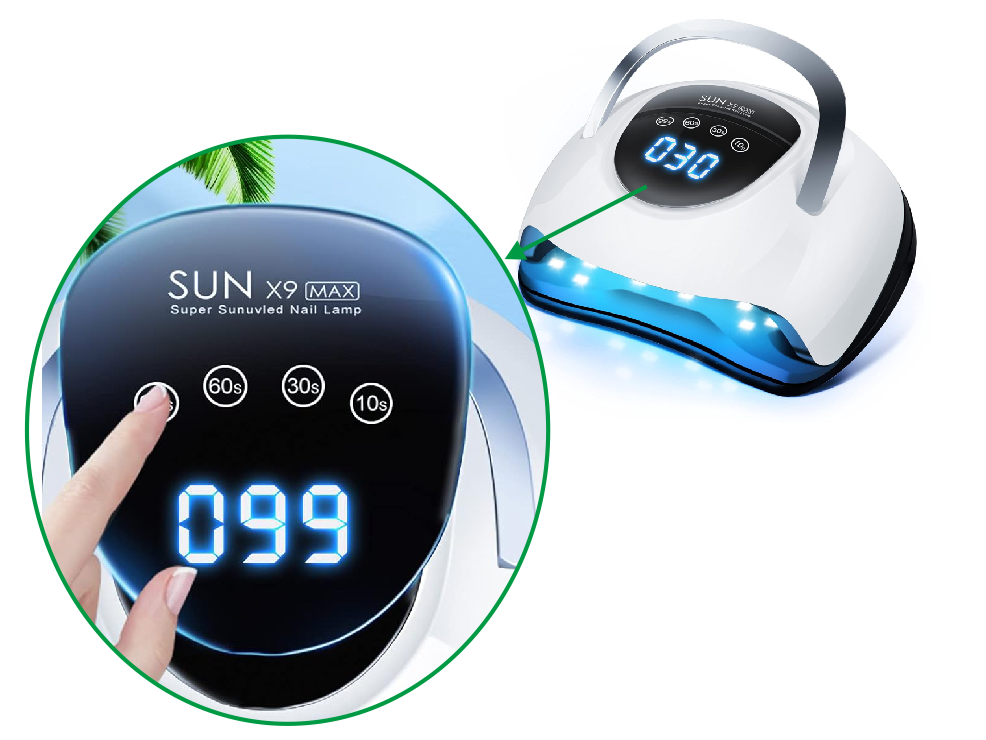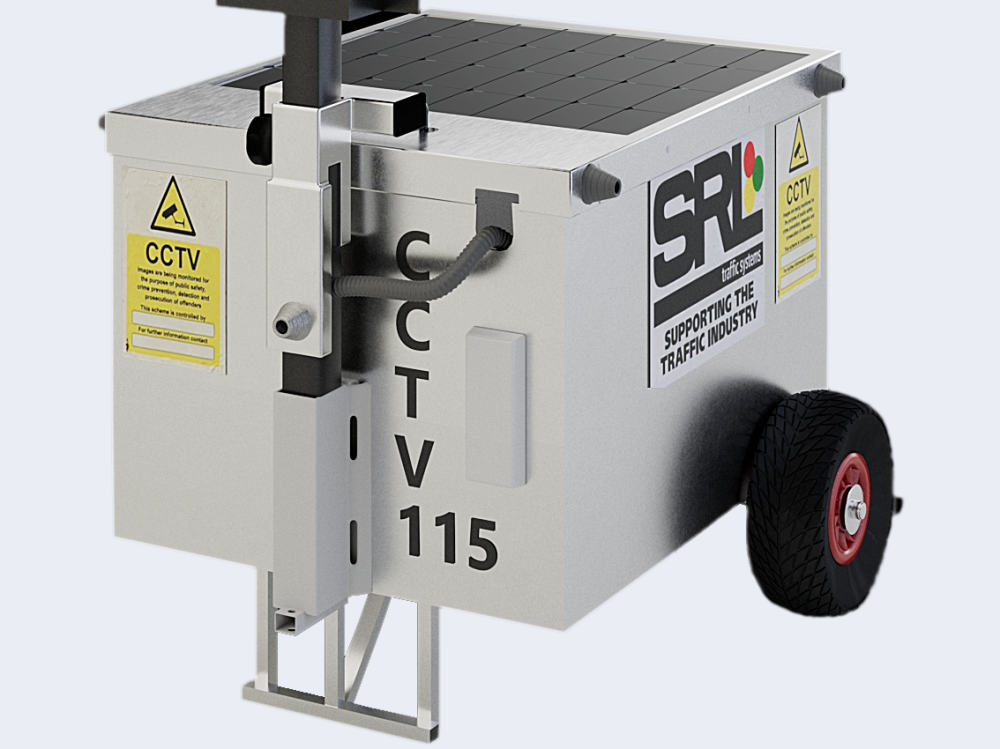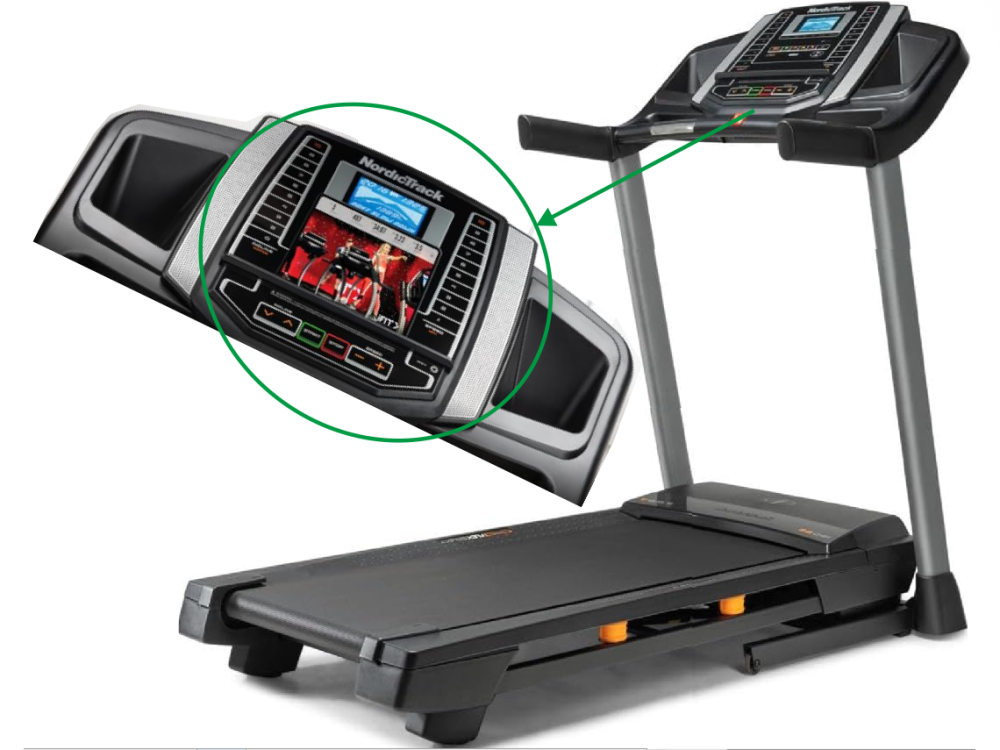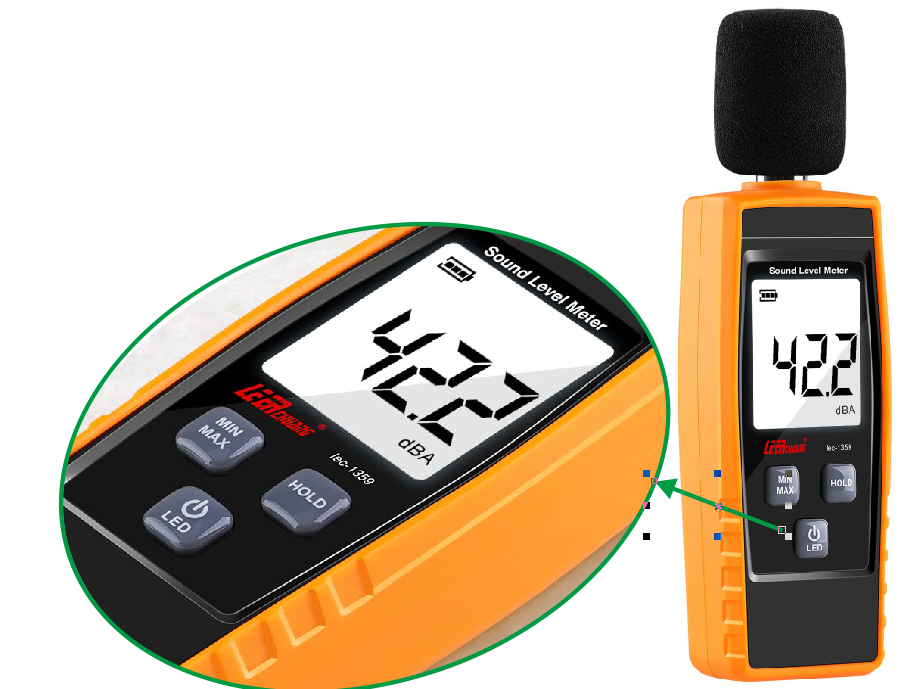Membrane switches are custom products, typically manufactured to order based on customer requirements. Due to the complexity of the structure and production process of membrane switches, it is necessary to conduct cartographic design when developing a membrane switch.
First, mapping can be simulated to verify that the design of a membrane switch meets the customer's needs and specifications, and accurately achieves the intended functionality and performance. Any problems and inconsistencies in the design can be identified and corrected.
Secondly, the reliability and stability of membrane switches can be visually assessed through drawings. The production of drawings will depict the color, size, and internal structure of the membrane switch product, enabling you to verify whether the electrical function and other aspects of the product meet the design requirements.
Once again, mapping helps to identify and resolve potential problems before actual product development begins, thereby avoiding delays and additional costs in the production process caused by design flaws or errors. Timely detection of problems can also reduce the cost of fixing them at a later stage.
Finally, customizing customer viewing through membrane switch mapping helps ensure that the design of membrane switches meets customer needs and improves customer satisfaction. Timely correction of design problems and improvement of product quality can ensure that the delivered product meets customer expectations, enhancing customer trust and receiving praise.
Drawings are an essential step before manufacturing membrane switches. They help validate the design, ensure product quality, control costs, improve production efficiency, ensure customer satisfaction, and ultimately achieve a smooth production process and product quality.
The following documents are typically required for drafting membrane switches:
Design drawings for membrane switches include the overall structure of the membrane switch, key layout, conductive function, text pattern design, size specifications, and other details. These drawings serve as the reference basis for manufacturing and assembling membrane switches.
Bill of Materials (BOM): The Bill of Materials (BOM) lists the various materials and components required for manufacturing membrane switches, such as film materials, conductive materials, adhesive backing materials, connectors, etc. The BOM aids in managing the purchasing and production processes. If the customer is unable to provide a clear list, we can also offer suggested materials based on the actual function and environment of the customer's product.
Process documentation includes detailed descriptions of the process flow, component assembly, and assembly methods for manufacturing membrane switches. This documentation guides the production process to ensure consistency and quality in the production of membrane switches. Typically, it is used as a guide for our in-house manufactured products.
Functional parameter requirements: The test requirements include various test descriptions for membrane switch samples, such as triggering performance, conductivity, stability, key pressure, input current, and voltage. The test parameters simulate the actual product use environment to ensure that the functional requirements are met. The description of test parameters also simulates the actual product environment to ensure that the functional requirements are met.
CAD/CDR/AI/EPS files: CAD files are electronic files of membrane switches created using design software, which include 3D models and 2D drawings. These files can be utilized in production facilities for digital processing and manufacturing.
The documents above provide the necessary information for designing, producing, and testing membrane switches to ensure that the process runs smoothly and meets the requirements.
The process of mapping membrane switches typically involves the following major steps
1. Identify design requirements:
Before proceeding with membrane switch mapping, the design requirements must first be clearly defined. This includes determining the triggering method (press, tactile, etc.), the number and arrangement of keys, the design of the conductive path, and the display of the text pattern.
2. Sketching:
Please create a sketch of the membrane switch based on the design requirements. The sketch should detail the overall structure of the membrane, key layout, and conductive pattern design.
3. Identify thin film materials and conductive materials:
Based on the design requirements and application environment, choose the suitable film material and conductive material. These materials will directly impact the performance and reliability of the membrane switch.
4. Design features for conductivity:
Based on the sketch, design the alignment of the membrane switch, determine the conductive path wiring, and establish connections to ensure the stability and accuracy of signal transmission.
5. Production of formal drawings:
After determining the film's structure, key layout, conductive function, and text pattern, formal drawings should be produced. These drawings should include detailed information on dimensions, material specifications, and conductive pattern design.
6. Add logos and descriptions:
Please add the required markings and descriptions to the drawings, such as material markings, weld point markings, connection line descriptions, and other elements for easy reference during production and assembly.
7. Review and revision:
After completing the drawings, review and revise them as necessary. Ensure that the design meets requirements and standards to minimize issues and costs during subsequent production.
8. Production and testing:
Produce membrane switch samples based on the final drawings and test them for verification. Ensure that the membrane switch meets the design requirements and is reliable and stable.
The specific drafting process for membrane switches may vary depending on design requirements, material selection, and application scenarios. Attention to detail and precision are required during the drafting process to ensure the accuracy and reliability of the design.





